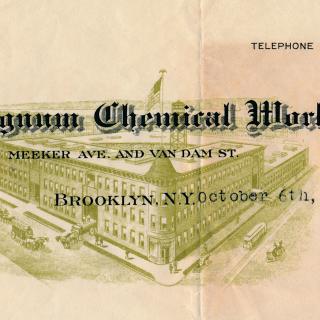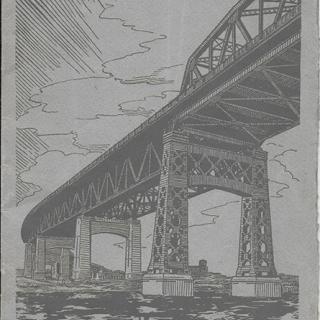May have been a builder in partnership with Wright (Wright & Brook, builders).
New Entries
Source: Real Estate Record & Builders' Guide (vol. 14, no 337, August 29, 1874), 147.
Four identical buildings at this location; 224 Hewes Street may be a fourth building in this development.
Source: Real Estate Record & Builders' Guide (vol. 14, no 337, August 29, 1874), 147.
Source: Real Estate Record & Builders' Guide (vol. 14, no 337, August 29, 1874), 146.
Source: Real Estate Record & Builders' Guide (vol. 14, no 338, September 5, 1874), 164.
Source: Real Estate Record & Builders' Guide (vol. 14, no 338, September 5, 1874), 164.
The Meeker Avenue Bridge was a steel truss bridge that spanned Newtown Creek. The bridge opened on August 23, 1939 and replaced an earlier swing bridge that connected Greenpoint to Maspeth. The cost of construction was between $6 million and $13 million.
Pagination
- Previous page
- Page 15
- Next page

